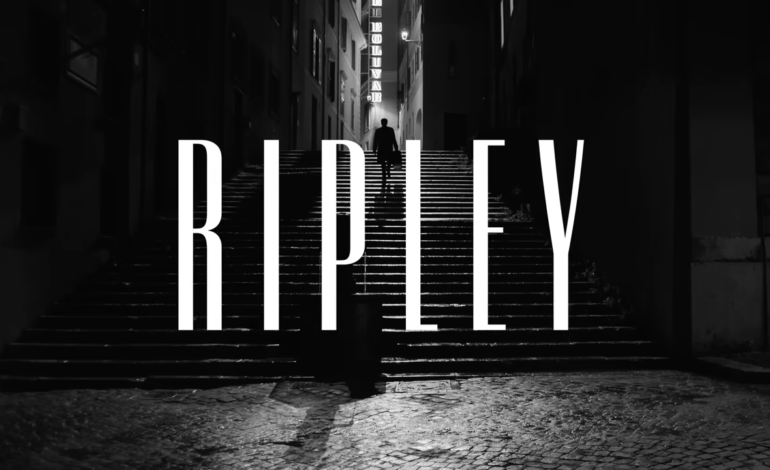

In comparison to the 1999 film adaptation, Netflix’s Ripley serves as a colder, more intentionally paced adaptation of Patricia Highsmith’s (The Price Of Salt, Strangers On A Train) novel The Talented Mr. Ripley. The series’ writer and director, Steven Zaillian (A Civil Action, All The King’s Men), sat down with The Hollywood Reporter to discuss the difficult process of adaptation.
Zaillian first discussed with THR why he felt the need to make a new adaptation. “Twenty years had gone by since the 1999 movie. I felt that there was a way of doing this in a longer format that would hopefully capture the feeling that I had when I first read the book. […] It was the feeling of getting to know these characters in such detail and spending that much time with them that you can’t do in a two-hour movie. I was very drawn to the process of how Ripley went about doing his schemes. In particular in the book, there were these two long sequences as he struggles to figure out how to get rid of two bodies. You can’t do that in a film. That would take up half the film.”
Andrew Scott (Fleabag, Sherlock) plays the titular Mr. Ripley, and Zaillian told THR that he was very particular with Ripley’s casting. “I wanted somebody older. I didn’t understand what the big deal would be that some guy’s son ran off to Europe at 25. That’s the story of every 25-year-old today. And so Tom Ripley would logically be the same age as Dickie Greenleaf [played by Johnny Flynn]. If he’s older, he’s more desperate. They’re both desperate. Ripley has been at this longer. He and Dickie have been around long enough to know that they’re failures.”
Additionally, Zaillian wanted to shoot the series to make it look like a movie. He said, “we had a lot of time to shoot, which was great. We shot for 170 days. I think that’s more than 20 days an episode, which is a lot for a series. I did want to approach it like a movie — I mean, with the care that you take in a movie and with the time that you take. I wanted [crew] who, like me, had spent their careers doing movies as opposed to television. And in terms of the look, I had always imagined it in black and white. It rooted us in the time period. It reminded me of films from the time period.”
The full interview can be read here.

